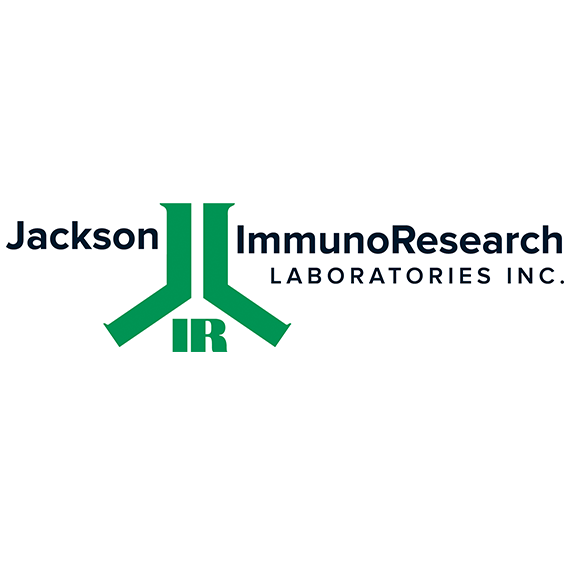Goat IgG anti-Mouse IgG (Fc)-APC, MinX Hu,Bo,Rb

-
Overview
SKU 115-135-164 Host Species IgG Form Species Reactivity Specificity Isotype Clonality (Mono-/Polyclonal) Application Conjugation Maximum Absorption Maximum Emission No Cross-reactivity (MinX) with Dilution Format 0.05% NaN3, 15 mg/ml BSA (IgG- and Protease-Free), 250 mM NaCl, affinity purified by antigen-specific affinity chromatography, in 10 mM PBS (pH 7.6), lyophilisate
Application Note equal reactivity with subclasses 1+2a+2b+3, IgG, Fc gamma-specific
Intended Use Product line / Topic Manufacturer / Brand - Datasheets and Downloads
-
Additional Product Information
Based on immunoelectrophoresis and/or ELISA, the antibody reacts with mouse IgG subclasses 1, 2a, 2b, and 3 but not with the Fab portion of mouse immunoglobulins. No antibody was detected against mouse IgM or non-immunoglobulin serum proteins. The antibody has been tested by ELISA and/or solid-phase adsorbed to ensure minimal cross-reaction with human, bovine, and rabbit serum proteins, but it may cross-react with immunoglobulins from other species.
Conjugate
Allophycocyanin (APC) is among several kinds of light-harvesting phycobiliproteins found in red, blue-green, and cryptomonad algae. APC is isolated from the blue-green alga Spirulina, and is chemically cross-linked for stability. After phycobiliproteins are conjugated to secondary antibodies, there is little fluorescence quenching, which results in conjugates of high specific fluorescence compared with conventional fluorophore-antibody conjugates. APC can be excited by light over a wide range of the visible spectrum, is highly water soluble, has a relatively low isoelectric point, and lacks potentially sticky carbohydrates.
It should be noted that the relatively high molecular weight of APC may preclude its use in procedures requiring good penetration into cells and tissues. It is predominantly intended for surface labeling of cells for flow cytometry.
